Human Pluripotent Stem Cell Trilineage Differentiation qPCR Array
For characterization of hPSC trilineage differentiation to endoderm, mesoderm, and ectoderm germ layers

Request Pricing
Thank you for your interest in this product. Please provide us with your contact information and your local representative will contact you with a customized quote. Where appropriate, they can also assist you with a(n):
Estimated delivery time for your area
Product sample or exclusive offer
In-lab demonstration
-
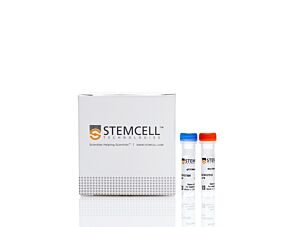 qPCR Master Mix Kit
qPCR Master Mix KitFor probe-based assays and arrays
-
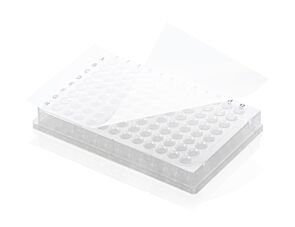 Axygen® Sealing Film for Quantitative Real-T...
Axygen® Sealing Film for Quantitative Real-T...Non-sterile, ultra-clear, pressure-sensitive sealing film for quantitative real-time PCR (qPCR)
-
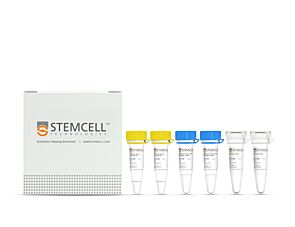 STEMscript™ cDNA Synthesis Kit with Oligo(d...
STEMscript™ cDNA Synthesis Kit with Oligo(d...For reverse transcription of eukaryotic mRNA before qPCR or RNA sequencing
-
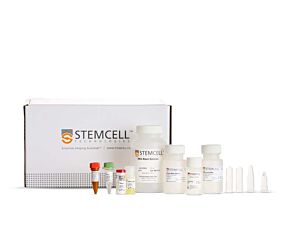 Total RNA Purification Kit
Total RNA Purification KitFor purification of RNA from cells
-
Labeling Antibodies
Compatible antibodies for purity assessment of isolated cells
Overview
qPCR is used to determine changes in steady-state mRNA levels of gene expression across multiple samples, generally normalized to the relative expression of internal control genes. Gene-specific primers amplify target sequences within cDNA pools reverse-transcribed from mRNA and, as with TaqMan® technology, hybridized sequence-specific probes provide a fluorescent signal from the 5' exonuclease activity of Taq DNA polymerase. The accumulation rate of the fluorescent signal is used to quantify the sample cDNA, and thereby the amount of mRNA in the original cell lysate.
This qPCR array contains validated primers and probes for detection of 90 genes whose expression is correlated with undifferentiated hPSCs or their derivatives undergoing the early stages of differentiation, as well as six endogenous (housekeeping) control genes. TBP (TATA box-binding protein) qPCR Control Template is provided as a synthetic DNA positive control. Additional gene information and a qPCR analysis tool are available at www.stemcell.com/qPCRanalysis.
Data Figures

Figure 1. Human Pluripotent Stem Cell Trilineage Differentiation qPCR Array Plate Configuration
This illustration shows a quadrant of 96 unique qPCR primer-probe assays available on a 384-well qPCR plate (A).There are four identical quadrants in total, which together form a complete array of 384 assays used in the Human Pluripotent Stem Cell Trilineage Differentiation qPCR Array Plate Configuration. The diagram also indicates the wells containing the TBP qPCR control cocktail (H12, H24, P12, P24), which serve as reference wells for assay normalization (B).
Protocols and Documentation
Find supporting information and directions for use in the Product Information Sheet or explore additional protocols below.
Applications
This product is designed for use in the following research area(s) as part of the highlighted workflow stage(s). Explore these workflows to learn more about the other products we offer to support each research area.
Resources and Publications
Educational Materials (4)
Related Products
-
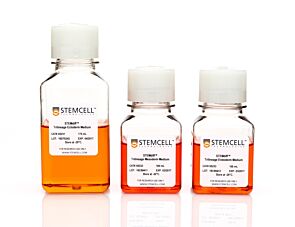 STEMdiff™ Trilineage Differentiation Kit
STEMdiff™ Trilineage Differentiation KitFunctional assay kit to assess pluripotency by directed differentiation of human ES and iPS cells to all three germ layers
-
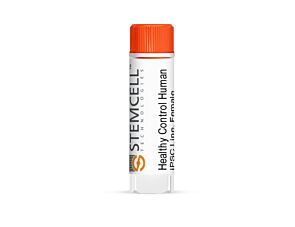 Healthy Control Human iPSC Line, Female, SCTi...
Healthy Control Human iPSC Line, Female, SCTi...Human pluripotent stem cell line, frozen
-
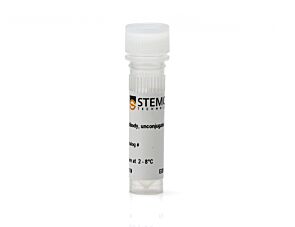 Anti-Human CD56 Antibody, Clone HCD56
Anti-Human CD56 Antibody, Clone HCD56Mouse monoclonal IgG1 antibody against human CD56 (NCAM)
-
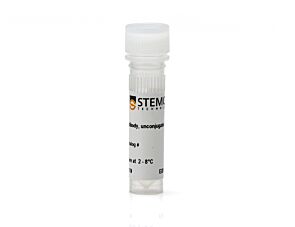 Anti-Human CD184 (CXCR4) Antibody, Clone 12G5
Anti-Human CD184 (CXCR4) Antibody, Clone 12G5Mouse monoclonal IgG2a antibody against human, rhesus, cynomolgus CD184 (CXCR4)
-
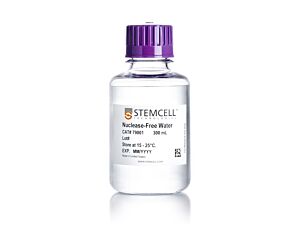 Nuclease-Free Water
Nuclease-Free WaterDNase- and RNase-free water for molecular biology applications
Item added to your cart

Human Pluripotent Stem Cell Trilineage Differentiation qPCR Array
PRODUCTS ARE FOR RESEARCH USE ONLY AND NOT INTENDED FOR HUMAN OR ANIMAL DIAGNOSTIC OR THERAPEUTIC USES UNLESS OTHERWISE STATED.




